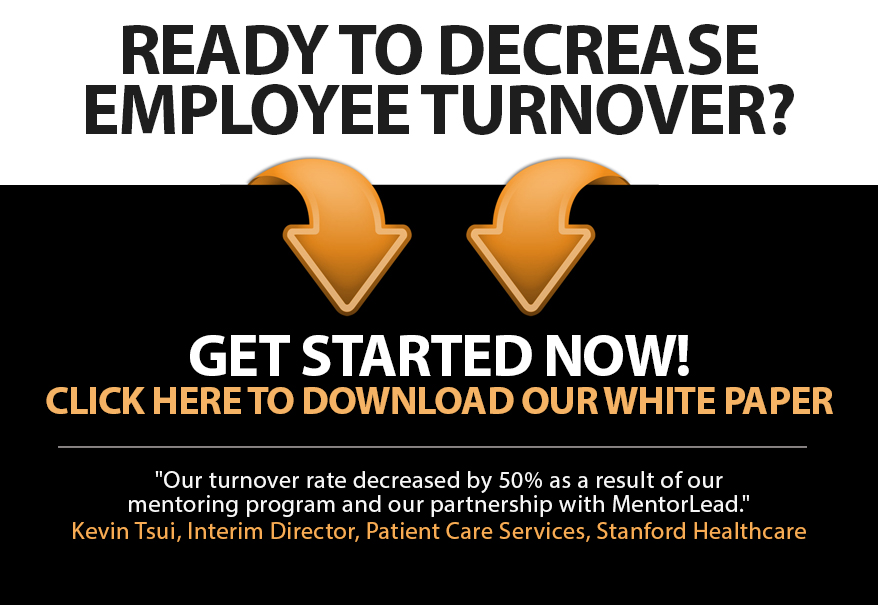
Raise your Value with your Voice (just ask Warren Buffett)
Admittedly Warren Buffett was petrified of public speaking. After taking a Dale Carnegie course in 1952, he taught an investment class at a local college to overcome his fears and sharpen this important skill.
Today the CEO of Berkshire Hathaway asserts, “Effective public speaking instantly raises a person’s value by 50%.”
Every day we are on various stages speaking publicly:
- Leading a meeting
- Contributing to a conversation
- Delivering a webinar or a workshop
- Reporting results to the boss
- Participating in a conference call
- Mentoring, teaching, coaching
Here are 7 tips to be more effective on any of these stages:
- Process in Your Head: Pause, breathe, sort through your thoughts before opening your mouth. Determine what information most contributes to your current audience.
- Get to the Verb: Don’t lead with the backstory. Lead with the action. Then, if your audience is engaged, add some adjectives.
- Start with Bullets: Whether speaking or emailing, you need to demonstrate that you can synthesize information into the important points. The conversation doesn’t end with bullets; it’s just a compelling place to start.
- Involve your Audience: People support conversations they help create. Use questions to involve people in creating the conversation, ex: “Which bullet would you like to know more about?”
- Use Metaphors and Stories: People process in pictures, so draw pictures with your words using metaphors and stories for quick comprehension and ultimate retention. (“Speaking in bullets” is a metaphor.)
- Listen to their Listening: Pay attention to the audience’s engagement… are they involved? are they distracted or confused? do you need to speed up, slow down, or ask a question?
- Practice Constantly: Every stage, from the phone to the podium, is an opportunity to practice.
When we improve our public speaking, our confidence magnifies, our audiences’ confidence in us elevates, and our value inevitably and instantly expands.







